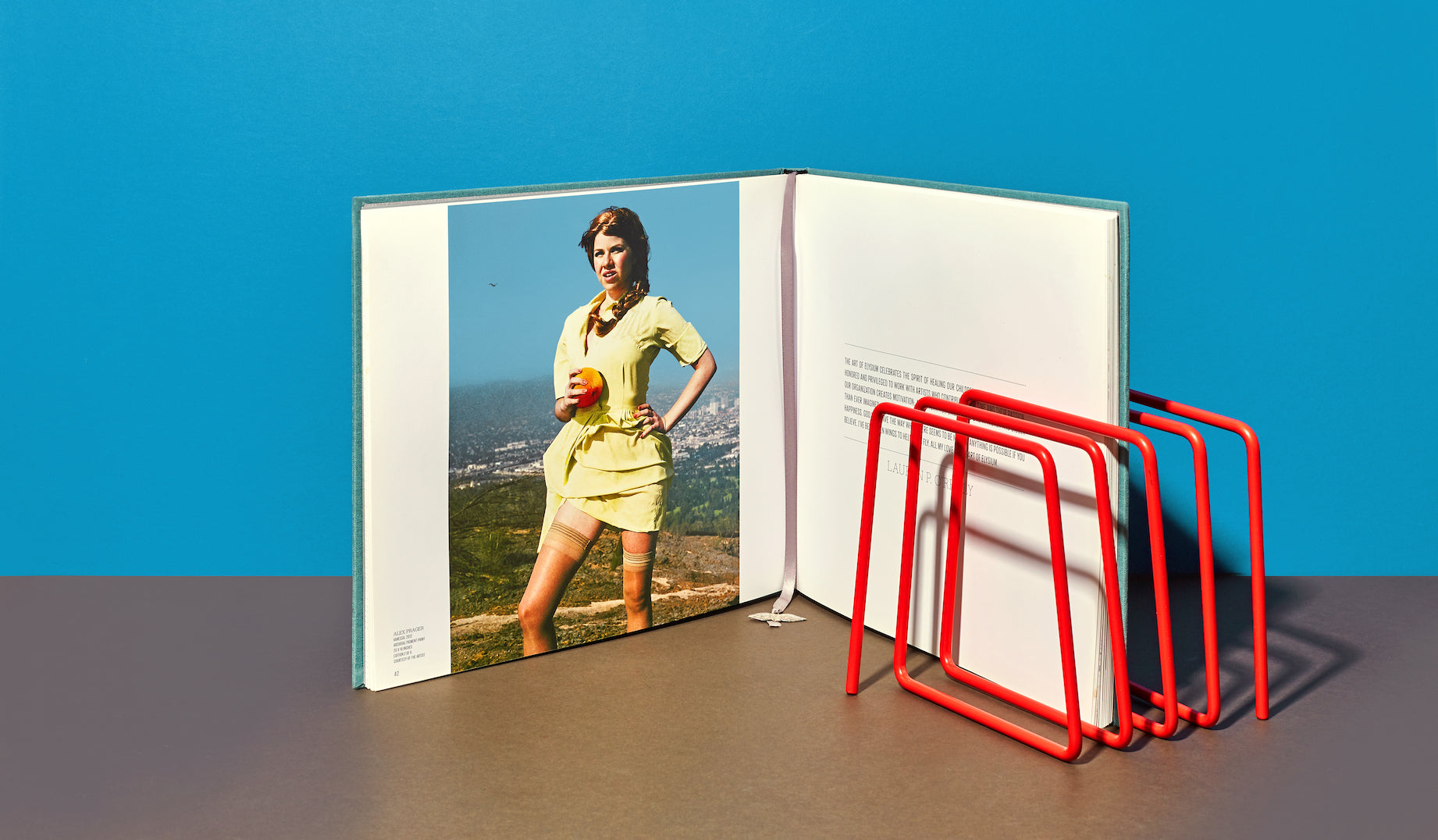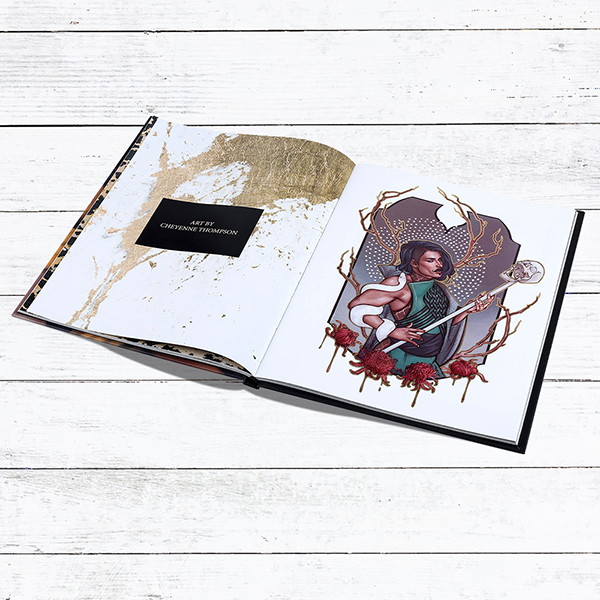Discover the Vital Guide to Art Book Printing for Aspiring Artists and Publishers
As an aspiring musician or author, comprehending the subtleties of art book printing is vital to bringing your vision to life. What are the key elements you should concentrate on to develop a magnificent art book that genuinely represents your job?
Understanding Different Kinds Of Art Books
When you plunge right into the globe of art publications, you'll promptly discover that they come in different kinds, each tailored to various artistic expressions and target markets. Coffee table publications often display sensational visuals, best for casual surfing, while monographs dive deep right into a private artist's job, providing context and understandings. If you have an interest in particular art movements, event brochures use comprehensive documents of programs, featuring essays and critiques.
For educational objectives, art guidebooks and method publications direct you via different mediums and designs, making them essential for striving musicians. Each layout offers its function, and recognizing their distinctions can boost your art book trip.
Picking the Right Paper and Materials
Choosing the right paper and materials can substantially affect the total high quality and feeling of your art book. Start by thinking about the sort of art work you have. For vivid colors and complex details, opt for a glossy finish or a heavyweight matte paper that improves aesthetic deepness. If your work features softer tones or structures, a natural or uncoated paper can offer a cozy, inviting touch.
Assume concerning the weight of the paper, as well. Thicker options frequently offer a more specialist appearance, while lighter papers can decrease printing expenses. Do not ignore the binding products; a tough cover can secure your web pages and include in the book's visual.
Lastly, think about sustainability. Environment-friendly alternatives are gaining popularity and can mirror your values as an artist. By very carefully selecting your paper and products, you'll assure that your art book not just looks great however also really feels unique in the hands of your readers.

Selecting the most effective Printing Strategies
When it pertains to publishing your art book, picking between balanced out and digital printing can considerably affect your end product. You'll likewise intend to consider exactly how paper top quality influences the total look of your artwork. Let's explore these key printing methods to discover the most effective fit for your job.
Countered vs. Digital Printing
While both countered and electronic printing have their benefits, choosing the ideal strategy for your art book can substantially influence the end product. Balanced out printing uses premium images and dynamic shades, making it perfect for larger print runs. If you're looking to create hundreds or thousands of duplicates, offset will certainly offer you constant outcomes and reduced per-unit costs. On the other hand, electronic printing excels for smaller quantities and quicker turn-around times. It permits easy modification, allowing you to print special duplicates without extra configuration expenses. Consider your spending plan, timeline, and the volume of your project. Eventually, your selection ought to line up with your imaginative vision and circulation strategy, making certain that your art book mirrors the quality you prefer.
Paper Quality Considerations
Picking the appropriate paper top quality can substantially boost the visual charm and tactile experience of your art book. For prints, a glossy coating can make photos pop, while a matte finish provides a softer, a lot more refined look.
Following, consider the sustainability of your selection. Environmentally friendly options are coming to be progressively popular and can interest environmentally-conscious readers. Ultimately, request examples to see exactly how various documents function with your artwork, making sure the last item shows your vision completely.
Making Certain Color Precision in Your Prints
To achieve stunning prints, you need to concentrate on color accuracy from the beginning. You'll wish to utilize shade calibration techniques to verify your display and printer are in sync. Furthermore, proofing your job before the final print run can assist capture any inconsistencies, assuring your art looks equally as you visualized.
Shade Calibration Strategies
Ensuring color precision in your prints begins with reliable color calibration see methods that help maintain uniformity in between your digital images and last published products. Next, choose a shade account suited for your printing process, like CMYK for print products. By constantly applying these techniques, you'll boost the total high quality of your art prints and better share your imaginative vision.
Proofing for Accuracy
While you may think your electronic images are all set for print, proofing is vital for achieving shade precision. Before devoting to a full print run, constantly request an evidence from your printer.
If adjustments are needed, connect clearly with your printer concerning your desired results. Don't think twice to demand multiple evidence if necessary; it's worth the financial investment to get it right. Ultimately, detailed proofing assurances that your art work is stood for as you visualized it, keeping your creative honesty throughout the printing procedure.

Creating Layouts That Enhance Your Art Work
When you create formats for your art book, it's important to ponder how each element communicates with your artwork. Objective for a balance between visuals and text, making sure neither outweighes the various other. Usage white area tactically; it provides your artwork space to visit here breathe and accentuates its details.
Take into consideration the circulation of your book. Prepare photos in a manner that overviews the visitor's eye, producing a narrative or thematic progression. art book. Differ the dimensions and positionings of your artwork to keep the layout vibrant and intriguing
Select font styles that match your artwork without sidetracking from it. Maintain message concise and relevant, giving context or understanding that improves the audience's experience.
Finally, examination various designs. Print samples to see just how the styles equate on paper, and readjust as needed. By thoughtfully making your designs, you'll create a visually interesting art book that resonates with your audience.
Binding Alternatives for an Expert Finish
Picking the right binding choice can significantly influence the general presentation of your art book. You'll desire to take into consideration both looks and toughness when making your choice. Popular alternatives include perfect binding, which uses a sleek appearance and is ideal for thicker publications; saddle sewing, ideal for smaller sized booklets; and spiral binding, which permits pages to lay level for easy viewing.
If you're intending for a premium feeling, case binding is a superb choice, supplying a tough cover and an expert appearance (art book). Don't fail to remember about the cover material; alternatives like cloth, natural leather, or a shiny finish can raise your book's allure
Whatever option you select, make certain it matches your art work and boosts the reader's experience. Take your time to evaluate the benefits and drawbacks of each method, so your end product reflects the high quality of your imaginative vision.
Preparing Your Declare Print Readiness
To assure your art book is print-ready, you'll require to pay close focus to submit prep work. Start by setting your file size to match your preferred print dimensions.
Likewise, embed your font styles or transform message to details to prevent any type of font style problems. Save your work in a PDF style, as this is the most accepted file type for printers. Double-check your declare any typos or format mistakes, as adjustments can be pricey after the reality. Lastly, take into consideration developing an evidence to evaluate before the final print run. Adhering to these actions will certainly assist you achieve a sleek, expert art book.
Regularly Asked Concerns
What Is the Average Price of Publishing an Art Book?
The average price of publishing an art book varies, but you can anticipate to pay anywhere from $5 to $20 home per copy, depending on variables like size, paper quality, and printing quantity.
Exactly How Can I Find a Reliable Printing Business?
To find a reputable printing company, begin by researching on-line evaluations and asking other artists for referrals. Compare quotes, examine portfolios, and connect your requirements plainly to ensure they understand your vision and high quality expectations.
What Is the Regular Turnaround Time for Printing?
The normal turnaround time for printing varies yet typically varies from one to four weeks. Aspects like project complexity and volume can affect this. Always validate with your selected printer for specific timelines and expectations.
Can I Print My Art Book in Limited Quantities?
Yes, you can certainly publish your art book in restricted amounts. Many printing business supply short-run options, enabling you to generate just the number you need, making it less complicated to manage expenses and stock.
What Lawful Considerations Should I Know for My Art Book?
You ought to take into consideration copyright, licensing agreements, and model launches when creating your art book. Ensure you deserve to use all images and text, securing on your own from possible legal issues down the road.